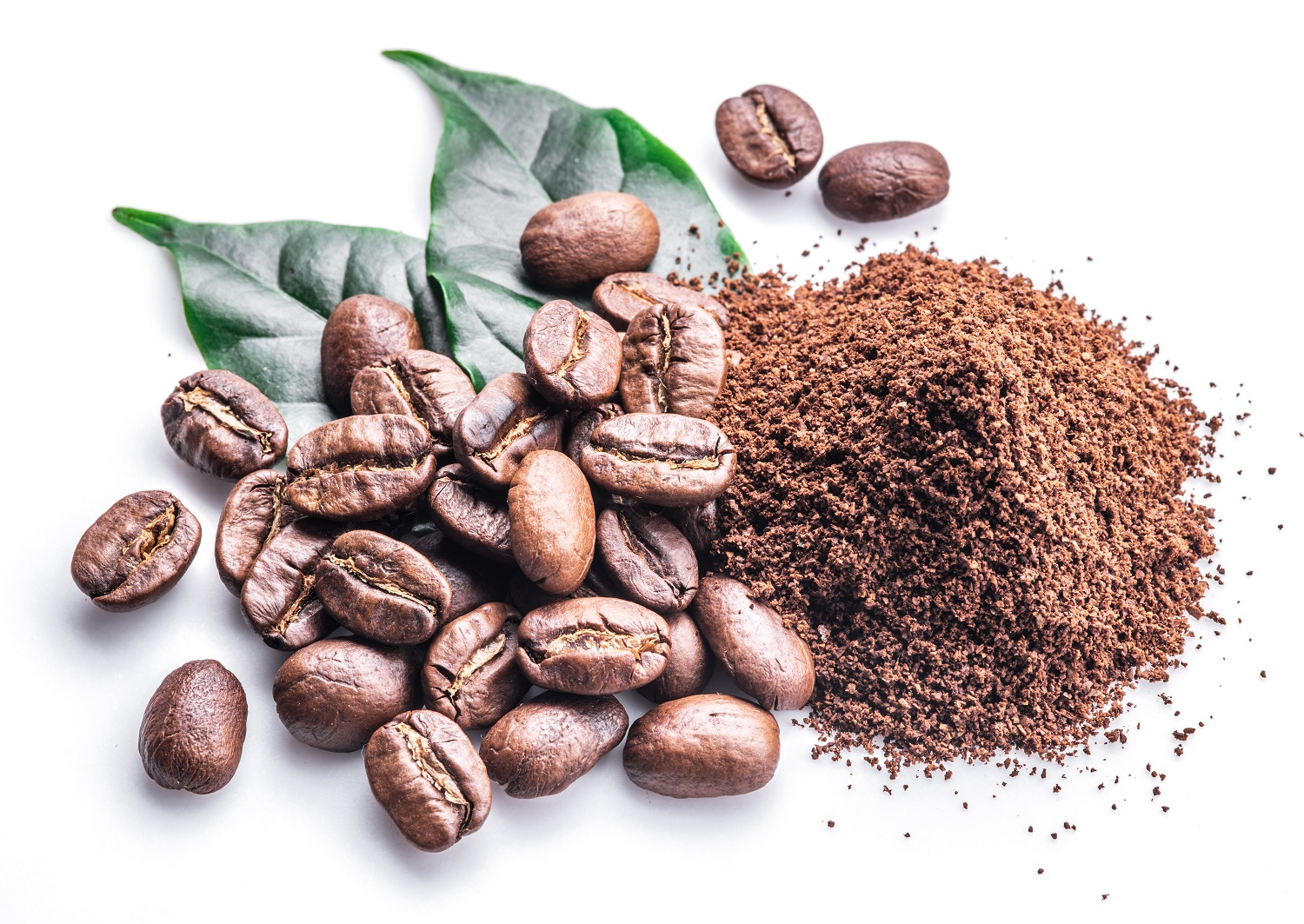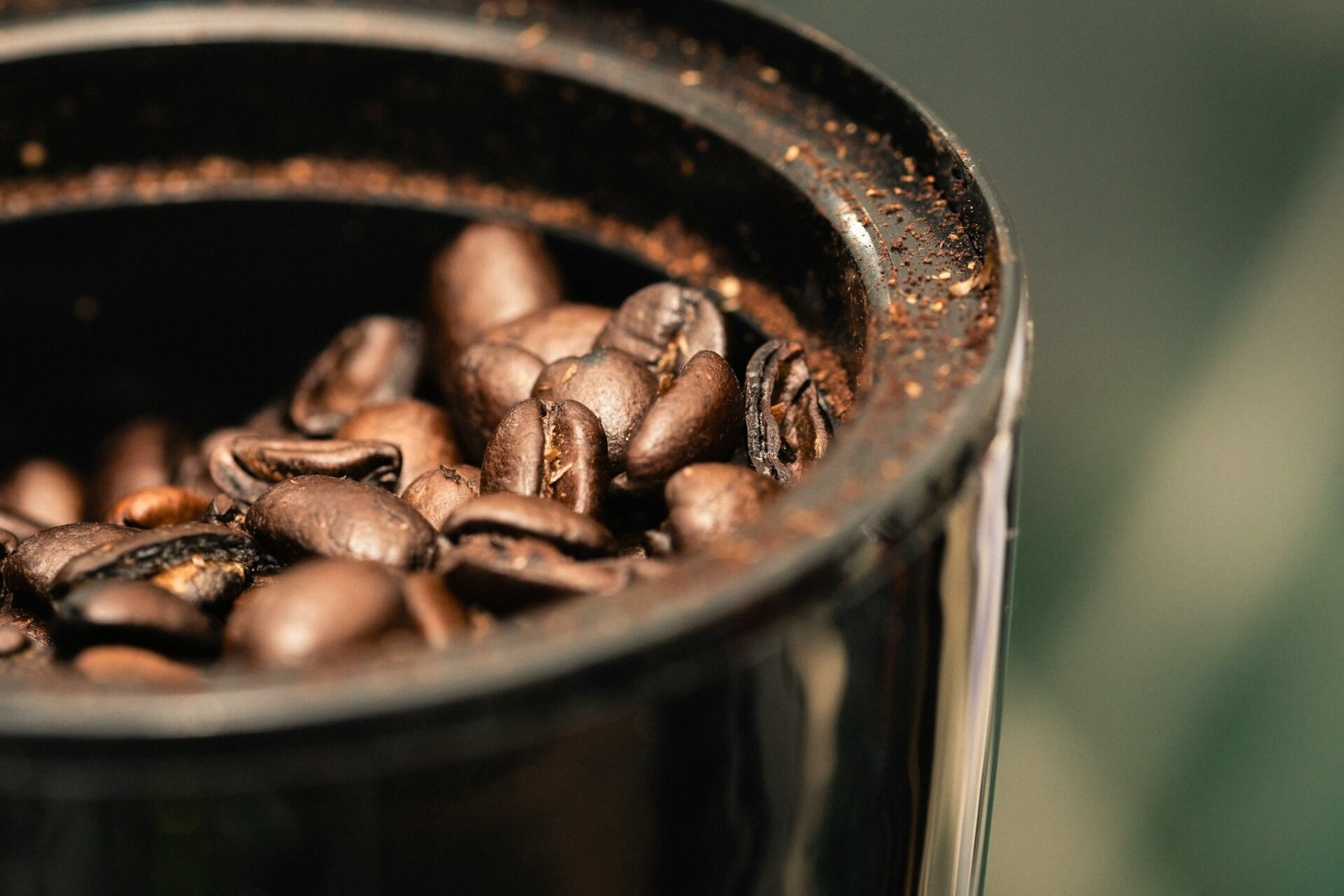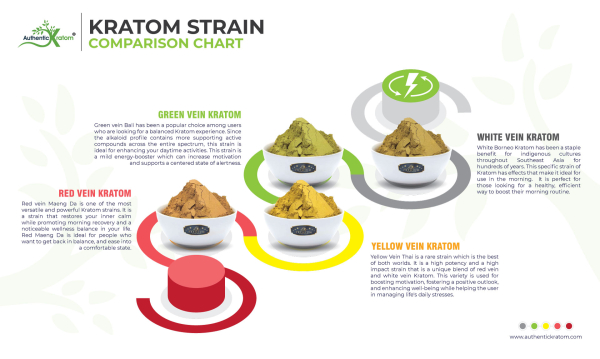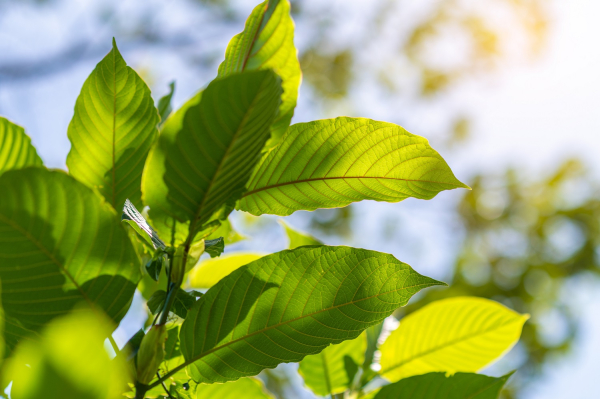Does Kratom Have Caffeine?


Kratom and coffee share more common traits than many people think. For starters, they share the same botanical family, Rubiaceae. So, does it mean that kratom, like coffee, has caffeine? What about the effects? How do kratom and coffee compare?
This is what we set out to find out. In this guide, we’ll answer all the popular questions related to coffee and kratom, exploring the similarities and differences between those two incredibly popular stimulants.
We’ll also discuss the potential effects of mixing coffee and kratom and how (and if it’s possible) to enjoy them responsibly.
Does Kratom Have Caffeine?
Let’s not waste any time. To answer the most common question - no, kratom doesn’t contain caffeine.
While both kratom and coffee belong to the Rubiaceae family, their alkaloid profiles differ significantly. Coffee’s stimulating effects come from caffeine, theophylline, and theobromine, while kratom’s effects are due to its alkaloids, primarily mitragynine.
Now, although kratom lacks caffeine, its alkaloids may produce stimulating effects that might seem similar to caffeine. This has led some people to combine kratom with caffeine in the form of kratom and coffee for enhanced energy and focus.
On its own, however, kratom doesn’t contain caffeine.


Kratom and Coffee: Similarities and Differences
Kratom and coffee share several similarities and differences.
First, they both belong to the Rubiaceae family. Secondly, both are known to provide stimulating effects, increasing users’s energy and focus.
And that’s about where the similarities end. As for the differences, the most noticeable one is that kratom doesn’t contain caffeine, which is coffee’s primary active stimulant.
Instead, kratom owes its effects to its unique alkaloids - mitragynine and 7-hydroxymitragynine, which can be both stimulating or sedative.
Can You Mix Coffee and Kratom?
You might’ve heard about users combining kratom and coffee. They say that the mix provides a boost in alertness, focus, and energy, making it an appealing option for those looking to enhance productivity or start their day with extra vigor.
But while there’s some truth in that, no studies confirm if that’s a good mix. For instance, since both kratom and coffee are stimulants, taking them together can amplify their effects. This can lead to some unpleasant side effects like jitteriness, restlessness, anxiety, and dehydration.
And those aren’t just words but actual feedback from users.
That said, if you’re curious about trying kratom and coffee together, it’s important to proceed with caution.
Start with small amounts of each to see how your body reacts to the combination. Everyone’s tolerance and sensitivity to stimulants vary, so pay attention to how you feel.
Also, remember that both kratom and coffee can contribute to dehydration so drinking enough water throughout the day is crucial.
With careful moderation and mindful use, some users find this pairing works well for them, but it’s essential to listen to your body and avoid overdoing it.
Final Thoughts on Kratom and Caffeine
So no, while kratom doesn’t have caffeine, its alkaloids can have stimulating effects similar to caffeine. In fact, many users combine kratom and coffee for a more stimulating energy and focus boost. But is that a good idea? That depends.
While both kratom and caffeine are generally well-tolerated in moderation, combining them can pose risks like jitteriness, anxiety, dehydration, or insomnia.
Moderation and caution are essential to avoid potential side effects.
If you’re curious about kratom with coffee, start with small amounts, stay hydrated, and pay attention to your body’s reactions.
Whether you enjoy kratom, coffee, or a blend of the two, responsible consumption is key to maximizing their benefits while minimizing risks.
Buy once from Authentic Kratom® and you will be a customer for life!
It all started in 2013. On a mission to push boundaries, ease ailments, and hit the brakes on mediocre kratom brands, we wanted to be the change we wanted to see in the kratom industry. Nestled in San Fernando Valley, we are a pure kratom distributor tasked with putting mouth-watering blends at your fingertips, bridging the gap between Indonesia’s most sought-after kratom and the rest of the globe.








